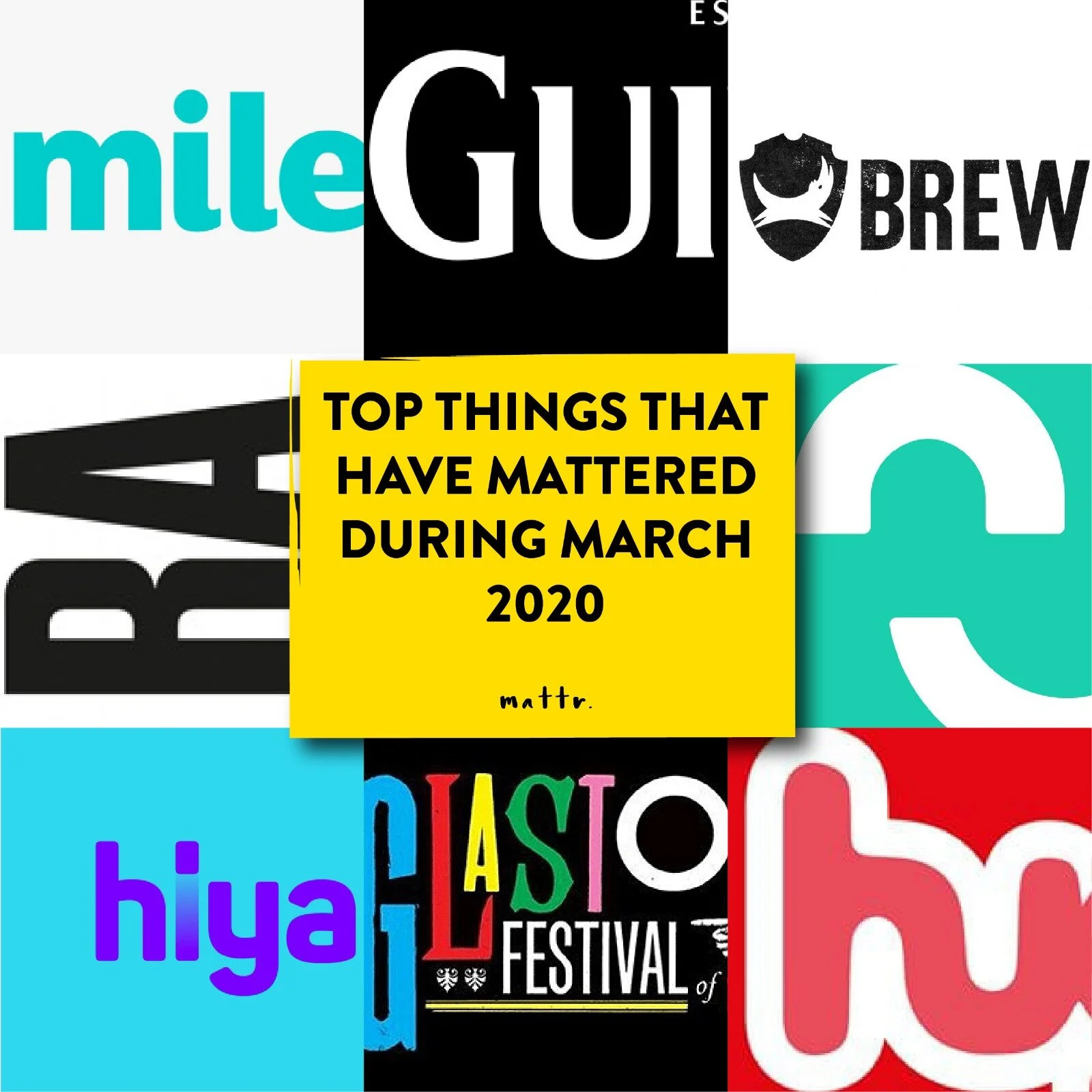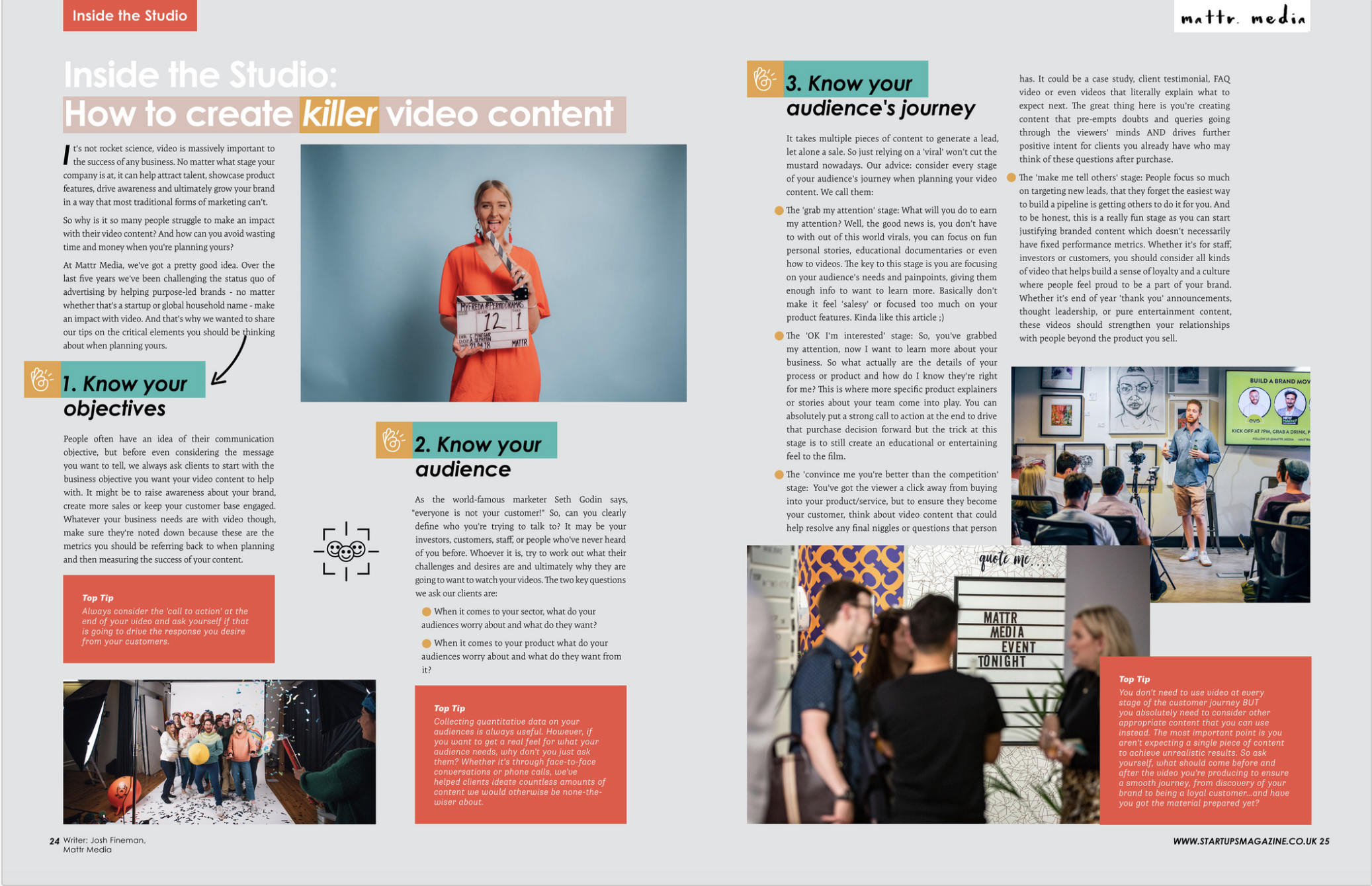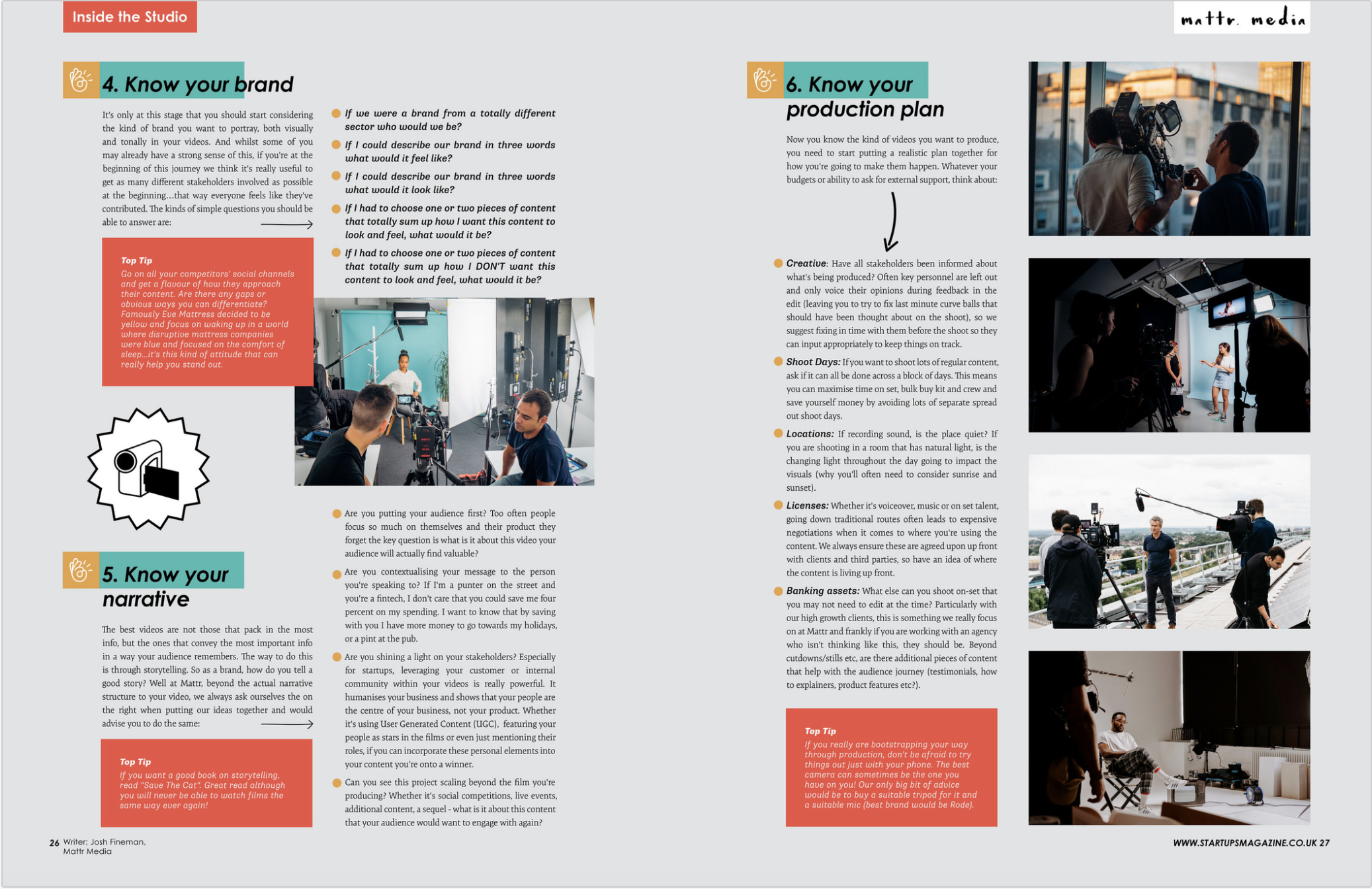Sensitive subjects are a fact of life for any brand, this could be anything from breaking bad news to your team, admitting your screw ups to customers or simply creating brand building content around a difficult topic or event like Covid-19.
When emotions are involved the lines between sensitive and insensitive become blurred, here are some of our top tips to help you stay out of hot water, and if done right, will help your brand connect with people on a deeper level -
Put your audience first
When dealing with a sensitive subject this is more important than ever, chances are your audience aren’t a carbon copy of you, so who are they? What content do they consume and enjoy? What are their hopes and dreams? What are their fears and doubts? - Only once you REALLY know your audience can you talk to them in their own language to truly curate a message that resonates on a deeper level.
Don’t beat around the bush
Your audience is smarter than you give them credit for, don’t try and pull a fast one on them or you’ll suffer the consequences. Our advice is to exercise ‘radical candor’ (shout out to Kim Scott, give the book a read!). At Mattr we think self awareness is one of single greatest, yet most under-used attributes a brand can have. If you mess up - come clean. If you’re selling something - admit it.
Simply put yourself in the shoes of your audience and hit their concerns and doubts head on ESPECIALLY when dealing with tricky subjects, just trust us on this one, you’ll thank us.
Keep it human
It's all too easy for a brand to hide behind glitzy graphics, snazzy voiceovers and dramatic footage but ultimately people connect with people so when broaching a tough subject keep your message human and speak from the heart, even if that means being vulnerable in front of your audience.
To allay doubts consider having a spokesperson, or multiple spokespeople to allow your audience to connect with your brand and message on a personal level.
Keep it real
When dealing with sensitive subjects authenticity is key and the easiest way to achieve this is by tapping into real stories and putting real people front and centre of your content. Forget fancy abstract arty creatives and fictional stories with actors and instead involve your customers, staff and everyday heroes to create a ‘bottom up’ rather than a ‘top down’ approach to your comms. Word to the wise though… steer clear of shoehorning your brand and message into this type of content, unadulterated stories will always work best.
Don’t take, give
Finally and most importantly think outside of the box when it comes to your marketing objectives, we get it, you have sales targets to hit and customers to convert but at Mattr we are big believers in good karma. A brand that gives back and invests in its audience will win the heart of that audience… and in turn that audience will one day become customers - and loyal ones too! So think about how you can provide value, whether that be useful advice, pure entertainment, giveaways, charitable donations or simply positive vibes in a dark time… like we’re doing in this blog ;)
BONUS THOUGHT: Stay Silent
Before you finish reading this and rush off to get creating content, just pause for a minute... sometimes the best thing you can do is to do nothing at all. Lush took this to the extreme last year by quitting social media all together but our personal favourite example is the thoughtful marketing pledge from the lovely folk at Bloom and Wild who are campaigning for ‘opt out’ options for email marketing around calendar dates that some customers find sensitive: https://www.bloomandwild.com/thoughtful-marketing-pledge




































